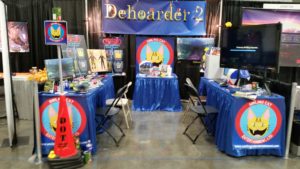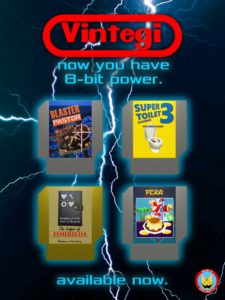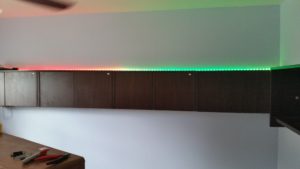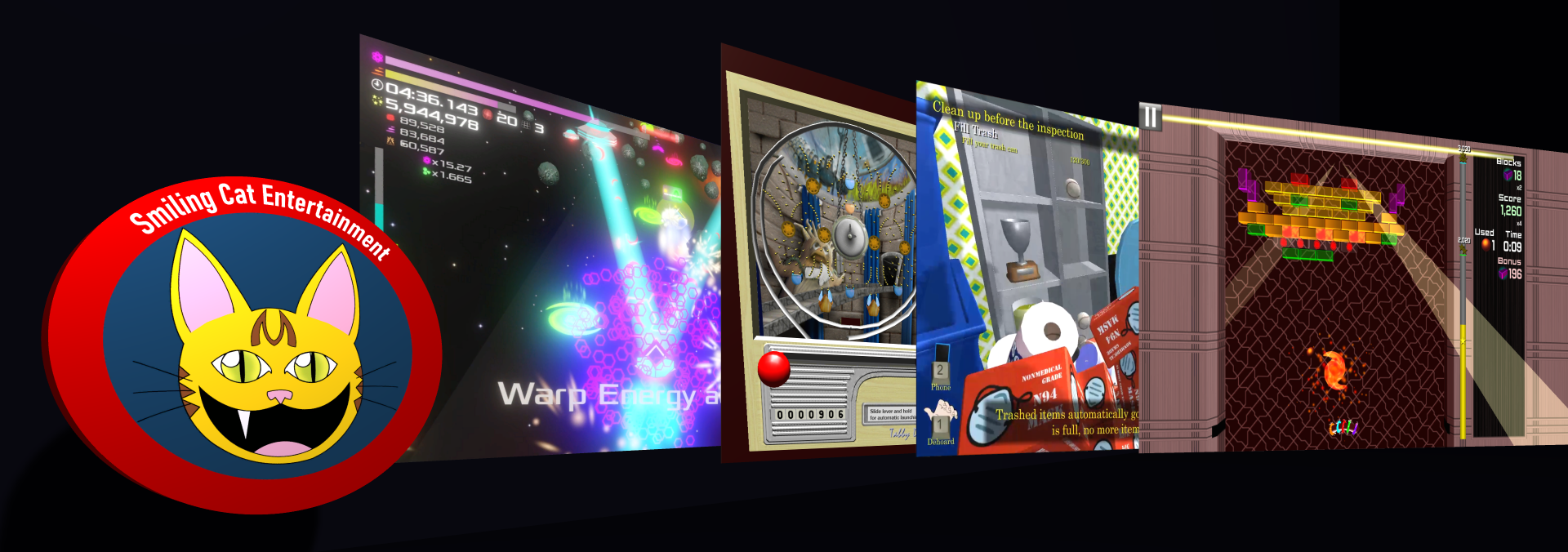So, yeah. With the pre-GDEX crunch (during which I did NOT manage to get Dehoarder 2 to an alpha release state as planned), updates to this blog were pushed a bit down the perceived priority list. Now that the dust from GDEX has settled, it’s time to re-balance and get back to semi-regular updates on this blog.
GDEX and Dehoarder 2
 GDEX was held on September 29 thru October 1. Aside from this being the 5th year, a significant milestone in itself, we also moved to a larger venue. We had simply outgrown our old digs at COSI, where last year we overflowed available exhibit space to some chagrin. So this year, we were at the Greater Columbus Convention Center. It was quite a step up.
GDEX was held on September 29 thru October 1. Aside from this being the 5th year, a significant milestone in itself, we also moved to a larger venue. We had simply outgrown our old digs at COSI, where last year we overflowed available exhibit space to some chagrin. So this year, we were at the Greater Columbus Convention Center. It was quite a step up.
For the Smiling Cat booth, I mostly revisited the Dehoarder 2 theme from two years ago, as the majority of my effort was focused on adding content to the game. We did have some new banners and signage, and 2 demo stations meant double the player capacity of the last Smiling Cat booth 2 years ago (remember that last year, I had a combined booth with a team of developers under the name “Ivory Skies”).
Dehoarder 2 had a phenomenal reception throughout the weekend. Some players were returning from prior years to see what was new in the game, and there were many, many new players. I even got a lot of compliments on the art style, which apparently at some point has evolved from “programmer art”, thanks to the combined efforts of myself, Arvex, and Isabelle. Many people were interested in buying the game on the spot. Keeping notes, by the end of the weekend I had enough material to create 52 distinct action items to further improve the game, and half of the items from that list were implemented last weekend.
This year’s GDEX was a very energizing experience. It has provided me with substantial creative momentum that I plan to carry through the next few months. Also, since I was in better physical shape this year, I wasn’t super-exhausted physically by the end of Sunday night.
 As for what was shown at GDEX, Dehoarder 2 continues to mature. There are now a couple hundred object types, and a lot more events have been added, mostly in the realm of sidequest material. Rooms are much more populated with furnishings and junk, sometimes piled chest-high. Many new brands have been hilariously parodied, including a slew of vintage games. Also, there is now a goat, and a very pretentious robotic vacuum.
As for what was shown at GDEX, Dehoarder 2 continues to mature. There are now a couple hundred object types, and a lot more events have been added, mostly in the realm of sidequest material. Rooms are much more populated with furnishings and junk, sometimes piled chest-high. Many new brands have been hilariously parodied, including a slew of vintage games. Also, there is now a goat, and a very pretentious robotic vacuum.
As far as a release date for Dehoarder 2, I’m once again hoping “sometime next year”. A lot of work is done, but there is still a lot left to do. One of my priorities over the next couple of weeks is going to be to lay out an updated and detailed roadmap for project completion. With everything that has been added, the game build is approaching 1GB in size, making this project over 10 times bigger than any other project I’ve released before. That’s been a huge part of my estimating difficulty, simply the sheer scale of what I am doing now versus what I was doing before.
Office Remodel
Between my day job, Smiling Cat, gaming, and other computer hobbies, I spend a LOT of time in my home office. So, earlier this year, my wife and I decided to remodel the home office, with the main goals of improving lighting and air circulation, and redecorating with fixtures and furnishings more befitting the current us (my wife in particular will be very happy to trade up her tiny corner desk that she has had since her teens).
After several months of planning, during the summer we made a lot of progress on this project in a very short time. Electrical and painting were done, and cabinets were hung. Then we discovered that we timed the carpeting portion of our project for the flooring business’s busiest time of year. So currently, our half-finished office sits empty while I write to you from our “temporary office” in the guest bedroom. We are on a wait list for carpet installation, so hopefully, in a couple of weeks, the logjam with the carpet installation will clear and we can finally order the new furniture!
 One of the coolest parts of the remodel project will be the lighting effects that will be installed above the cabinets. I currently have a working prototype of a randomized light show powered by an Arduino and an RGB LED strip, and I plan to make a custom PCB/shield for it so that I can tuck everything neatly into an enclosure that can hang out of sight on the cabinet. The program driving it all is capable of running 2128 possible animated effect combinations, and is less than 5.2k of code and around 21k of data.
One of the coolest parts of the remodel project will be the lighting effects that will be installed above the cabinets. I currently have a working prototype of a randomized light show powered by an Arduino and an RGB LED strip, and I plan to make a custom PCB/shield for it so that I can tuck everything neatly into an enclosure that can hang out of sight on the cabinet. The program driving it all is capable of running 2128 possible animated effect combinations, and is less than 5.2k of code and around 21k of data.
